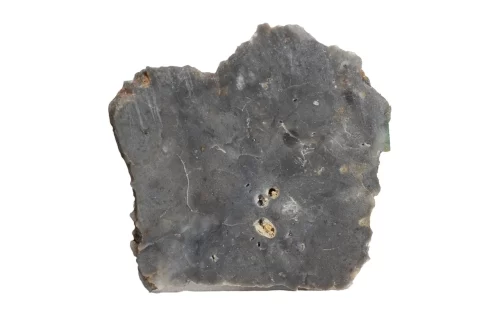Northwest Africa 15482
Lunar (troct. anorth.)
Found in Morocco, 2022
Troctolites are a type of intrusive igneous rock, meaning that they formed magma cooled and recrystallized underground. They contain calcium rich plagioclase and olivine. Despite being gabbros, troctolites do not contain pyroxene. They do, however, contain anorthosite; this material is what the lunar highlands, the light-colored material on the Moon’s surface, is mostly made of. These highlands are older than the darker plains on the Moon, and hence display more craters. The lunar highlands are also the site where many volcanic lava tube skylights have been found.
Notably, Sample 12033, which was collected during the Apollo 12 mission, was found to be a troctolite. In 1972, astronaut Harrison Schmitt also collected a troctolite sample during the Apollo 17 mission. It’s been called the most interesting sample returned from the Moon, and is the oldest known unshocked lunar rock.
It’s believed that troctolites formed inside the Moon’s magma chamber. As this magma cooled, different minerals crystalized at varying temperatures, at which point the olivine and plagioclase in troctolites would have crystallized together. The large crystals seen in troctolites also imply that during the differentiation stage, they sank to the bottom of the magma chamber. However, as the Moon was bombarded by meteorites, the troctolites were excavated and also experienced some melting. Eventually, an impact ejected from the Moon and they hurtled through space, before crossing Earth’s trajectory and falling to the surface as a meteorite.
Showing all 16 results
-
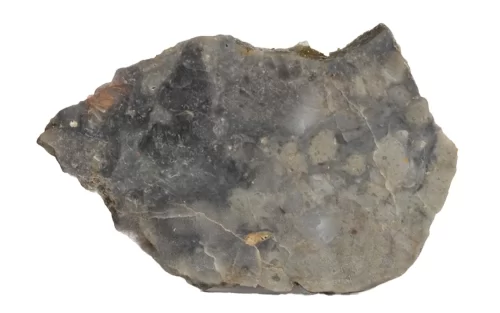
Northwest Africa 15482 0.835g
$187.00 Add to cart -
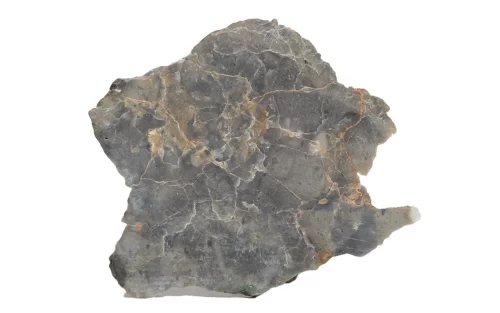
Northwest Africa 15482 0.846g
$190.00 Add to cart -
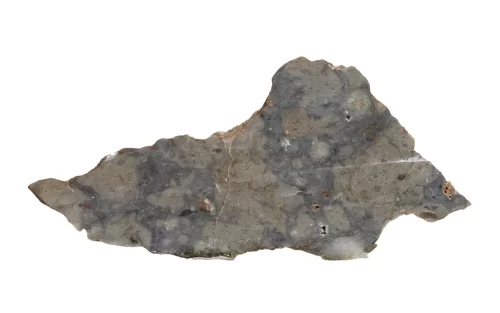
Northwest Africa 15482 0.891g
$190.00 Add to cart -
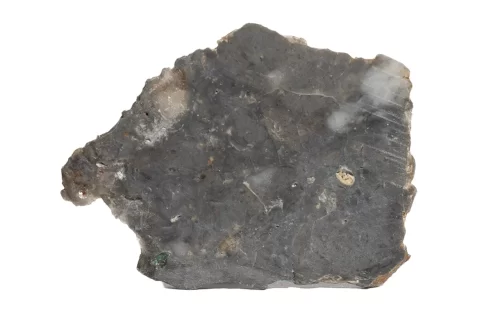
Northwest Africa 15482 0.95g
$213.00 Add to cart -
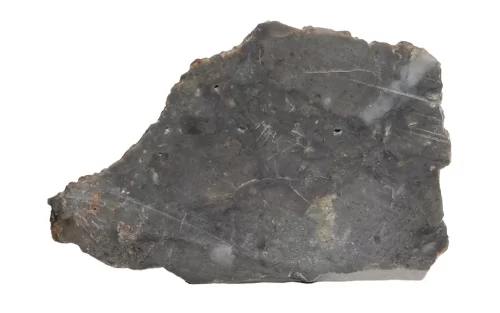
Northwest Africa 15482 1.01g
$225.00 Add to cart -
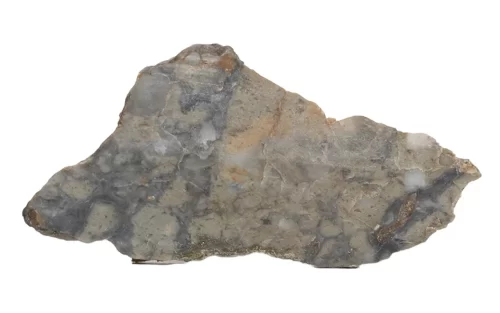
Northwest Africa 15482 1.036g
$233.00 Add to cart -
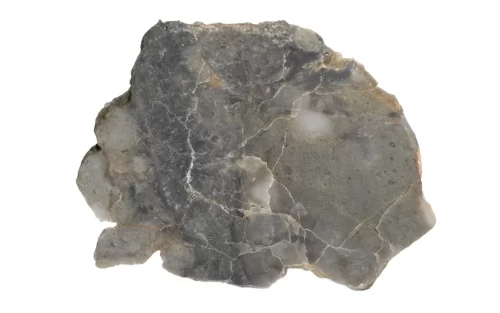
Northwest Africa 15482 1.056g
$237.00 Add to cart -

Northwest Africa 15482 1.057g
$237.00 Add to cart -
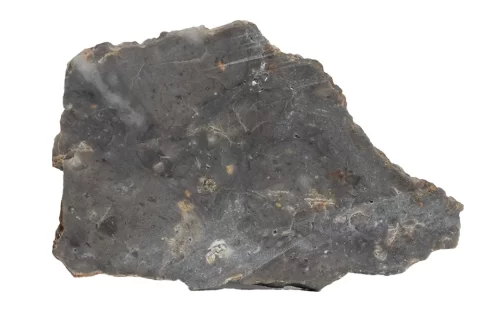
Northwest Africa 15482 1.254g
$280.00 Add to cart -

Northwest Africa 15482 1.25g
$282.00 Add to cart -
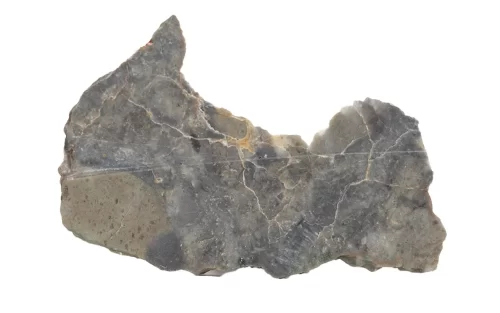
Northwest Africa 15482 1.260g
$284.00 Add to cart -
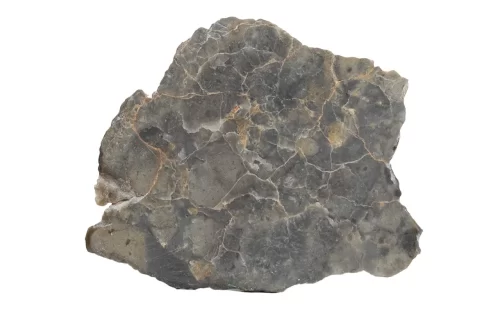
Northwest Africa 15482 1.563g
$350.00 Add to cart -

Northwest Africa 15482 1.676g
$375.00 Add to cart -
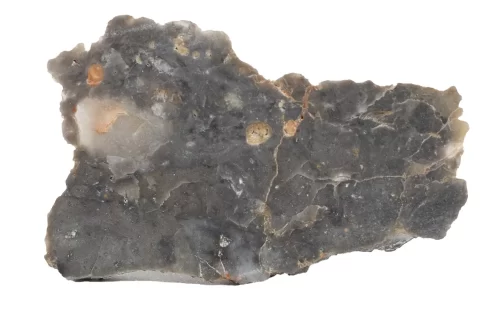
Northwest Africa 15482 1.886g
$424.00 Add to cart -

Northwest Africa 15482 2.0g
$499.00 Add to cart
